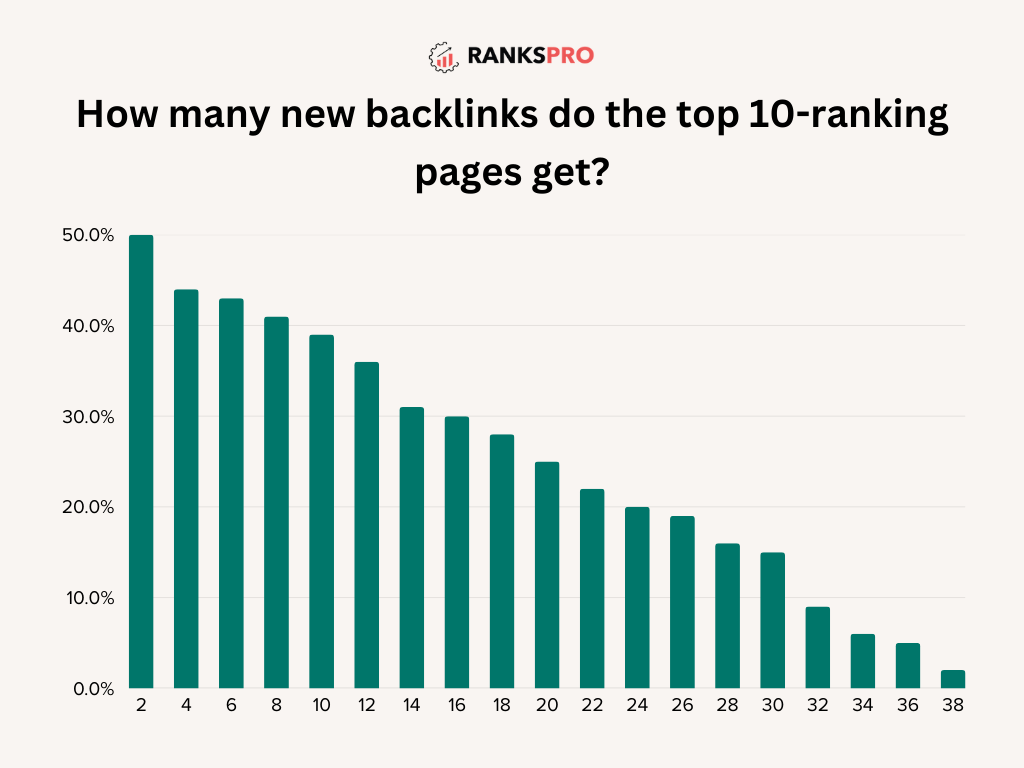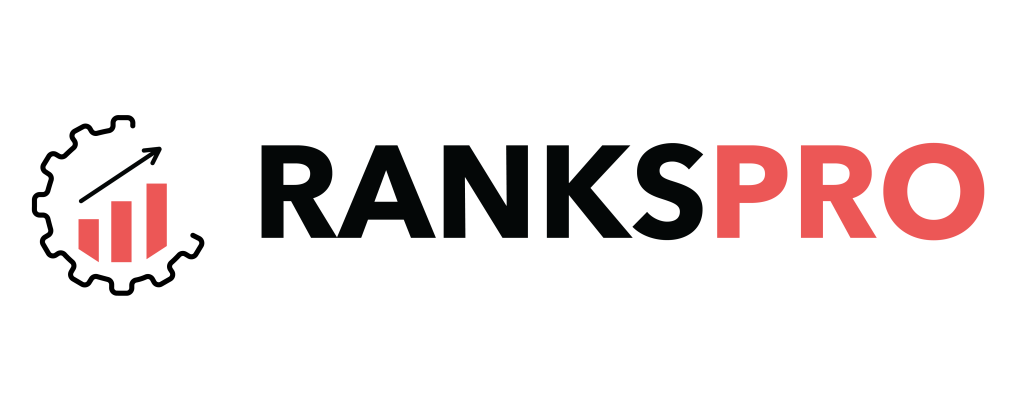Backlinks are crucial for search engine ranking because they are seen as endorsements of your website. However, not all backlinks are beneficial; some can damage your SEO efforts and, in severe cases, lead to penalties from Google. That’s why backlink audits are critical for a robust and healthy profile.
With Google’s ongoing algorithm updates focusing on quality over quantity, backlink assessments must align with current standards. By proactively identifying and removing toxic or low-quality links, your website can avoid potential ranking declines while boosting its overall domain authority.
This guide will walk you through a step-by-step backlink audit using the latest tools and techniques. Furthermore, the detailed audit checklist we provide will assist both SEO professionals and website owners in cleaning up backlinks, improving search rankings, and staying competitive.
So, let’s dive in!
What is Backlink Auditing?
A backlink audit is a process of analyzing all the inbound links (backlinks) from where you receive traffic from another website. This analysis focuses on checking the quality, relevancy, and measuring the number of external links to recognize their impacts on your website’s traffic or rankings.
The primary objectives of a backlink audit include:
- To Identify High-Quality Links: Recognizing links from credible and relevant sources one’s that contribute positively to your site’s domain authority.
- To Identify Harmful Links: Discovering backlinks that are mostly toxic or spam would warrant search engines to penalize or undermine the credibility of your site.
- To Assess Link Diversity: This allows tracking the distribution of backlinks across multiple resources from where you’re getting traffic.
A backlink audit, when performed regularly, will give critical insight into a site’s linking profile and help make good judgments to improve SEO strategy.
Importance of Conducting Backlink Audits
Backlinks are still one of the important factors of high ranking, and thus, they act like an endorsement that persuades search engines that your website is considered to be of value and trust. The quality of these recommendations should always be followed up with regular audits of your backlinks.
Here are the key factors that support – why you should conduct backlink audits:
1. Enhancing search engine rankings
Backlinks have always been viewed as a ranking signal by search engines, and Google is no different. Studies show a positive correlation between having quality backlinks and attaining higher search engine rankings.
A study by Backlinko found that the number of referring domains (unique websites linking to you) is one of the most important ranking elements. This study establishes a direct correlation between the total number of referring domains and high rankings.

We ought to keep this in mind- in 2025, with the dawn of the AI era and revolutionized semantic search, the very context of those links and of the linking page is going to be of sole importance.
2. Preventing penalties
Manipulative link-building practices are straight off disallowed by Google’s Webmaster Guidelines, and penalties for non-compliance could be rather punitive.
Studies show that websites can face declines in organic traffic of 50% or more after being penalized for unnatural link profiles. According to Google, they have gotten very good to the extent of algorithmically devaluing the bad links, but manual action penalties are still possible.
Having regular audits of the backlinks would put you on a preventive measure to find and delete potentially damaging links before they lead to a penalty.
3. Building trust and credibility
A well-maintained and reputable backlink profile not only enhances your search engine rankings but also provides more credibility to a website among the target audiences. User-behavior studies indicate that sites with very good backlink profiles are perceived as more trustworthy and reliable.
A study carried out by Moz suggests that an increase in domain authority correlates with an increase in broad user trust. This trust translates into increased engagement, increased conversions, and increased brand loyalty.
A well-maintained backlink profile helps to build your authority in your niche, drawing a bigger audience, as well as consolidating your position online.
4. Identifying link-building opportunities
Backlink audits are not only concerned with discovering harmful links; they also show us avenues through which we can secure new, high-quality links. By analyzing competitors’ backlink profiles and identifying gaps in your own, you can discover potential link-building opportunities.
For instance, you may uncover that your competitors are getting links from industry directories or resource pages that you are not listed on. This is where you can develop a focused link-building strategy to reach those sites to increase your authority and strengthen your SEO efforts.
Steps to Do a Backlink Audit
A backlink audit is necessary to keep improving the SEO performance of your site. Here are the important steps to have a healthier and stronger backlink profile.
1. Collecting your backlink data
Any valid backlink audit begins with recording every single inbound link pointing to a given website. This serves as the basis for the entire analysis. Hence, make use of an assortment of tools to capture a more complete view of your data since each tool can have a slightly different set of crawling data.
RanksPro’s backlink checker tool provides in-depth backlink profile data along with the crucial metrics to analyze your links health.

As you can see above, RanksPro provides backlink URLs and targeted pages along with critical metrics like spam score (SS), page rating (PR), and anchor texts on which the backlink is made.
You can also check which links are Follow and Nofollow so that you can analyze link juice passing from other websites to your linked pages.
2. Analyzing backlink quality
After collecting backlink data, the next step is the evaluation of every single link in terms of its quality. This job requires looking into certain key factors that determine a link’s value and possible effects on your SEO.
- Domain Authority (DA)/ Domain Rating (DR): This metric is introduced by Moz, which shows the total weight and trustworthiness of any website. It scales from 0 (lowest) to 100 (highest). Getting backlinks from websites having high DAs enhances your profile’s strength.
- Relevance: Links to or from industry-related websites give added value due to context relevance. Such links have a greater authority as a reputed source among search engines.
- Anchor Text: Anchor links are the reference texts on which hyperlinks are placed while creating backlinks. Make sure that these anchor texts are used naturally and contextually, rather than inserting keywords, URL links, or generic phrases.
- Link Type: Dofollow links are those links that pass the SEO juice; meanwhile, nofollow links are those links that do not pass any SEO juice. It means that nofollow links may still give traffic to your site, but they will not contribute to the ranking of your website.

Also, consider the position of the link on the page. Content links are more valuable than footer or sidebar links.
3. Identifying harmful backlinks
Harmful or toxic backlinks can hurt your SEO performance and put you at risk of penalties from search engines like Google. Generally, these links come from spammy, irrelevant, or low-quality websites.
- Low-quality sites: Websites that have either low DA/DR, thin content, excessive advertising, or have no relevance to your content are considered low-quality.
- Spammy anchor text: Manipulation of anchor text through excessive use of exact-match keywords may identify certain link-building practices.
- Link farms or spam networks: If a site primarily links out to other sites while providing little useful content, it might be defined as a link farm or spam network.
Monitoring your backlink profile will help in the timely detection of possibly harmful links, should you act against them.
4. Removing unwanted backlinks
After identifying harmful backlinks, they should be dealt with to offset their negative repercussions. The method consists either of directly removing the links or of alerting the search engines not to consider them.
- Contact the webmasters: The first step is to contact the linking site’s owners and request them to remove potentially harmful links. Let them know of the specific URLs and your rationale behind considering the links as harmful.
- Disavowing the Links: If the disavowal requests were rejected, use Google’s disavow tool so that these links are considered disregarded by the search engines when evaluating your site. The disavow tool allows the uploading of files containing the URLs or domains of the unrewarding links.
Provide evidence of everything you have done: the emails sent to webmasters, the disavow file submitted, etc. All these can prove to be good evidence of due diligence in case of being faced with a manual penalty by Google.
5. Monitoring and maintaining a healthy backlink profile
Backlink auditing isn’t just a one-time job but a continuous process. Regular monitoring keeps your backlink profile in check so that it can effectively perform your SEO strategy.
Periodically audit your backlink profile and determine whether or not your SEO strategy continues to be healthy and effective. This involves checking and analyzing new links, reviewing already existing links, and making necessary adjustments to your link-building strategies.
Check for changes in your competitors’ backlink profiles; this can give you an idea of new linking opportunities.
Common Mistakes to Avoid During Backlink Audits
Backlink audits are crucial for maintaining a healthy link profile and optimizing SEO performance. However, several common mistakes can undermine the accuracy and effectiveness of these audits. Avoiding these pitfalls is essential for safeguarding your website’s rankings and reputation.
1. Not focusing on nofollow links
Many website owners mistakenly dismiss nofollow links as having no SEO value. While it’s true that nofollow links do not directly pass link equity (PageRank), they still play a vital role in a balanced link profile.
Nofollow links can drive referral traffic, which is valuable for brand awareness and user engagement. Search engines also consider a natural mix of dofollow and nofollow links as a sign of a healthy link profile. A profile with only dofollow links can appear manipulative.

In 2025, with the rise of E-E-A-T, and brand signals, Nofollow links from high authority sites will become even more important. Furthermore, nofollow links from high-authority websites can still contribute to your website’s overall credibility.
If a reputable news site or industry publication links to you with a nofollow attribute, it can still enhance your brand’s reputation and visibility.
2. Avoiding removable links
Some website owners shy away from attempting to remove harmful or low-quality links, assuming it’s a futile effort. However, this is a significant oversight.
Actively pursuing the removal of toxic links is crucial for mitigating potential penalties and improving your website’s link profile. Contacting webmasters and requesting link removal can be effective, especially for smaller or less authoritative sites.
Even if removal is not always successful, documenting your attempts can serve as evidence of due diligence if you face a manual penalty from Google.
By avoiding removal attempts, you’re missing out on opportunities to clean up your link profile and demonstrate proactive SEO management.
3. Failing to document changes
Documenting the dates of changes is also very important. Backlink audits are not one-time events; they involve ongoing monitoring and adjustments. Failing to document changes in your link profile can lead to confusion and hinder your ability to track progress.
Documenting disavowed links, removal requests, and new link acquisitions is essential for maintaining a clear audit trail. This documentation can be invaluable for identifying patterns, measuring the effectiveness of your strategies, and demonstrating due diligence if needed.
Without proper documentation, it’s difficult to assess the impact of your efforts and make informed decisions about your link-building strategy.
4. Neglecting regular audits
By 2025, with the increased use of AI, and the changes to search engine algorithms, regular audits will be more important than ever. Search engines also update their algorithms frequently, which can impact the value and toxicity of backlinks. Hence, it should be conducted regularly, not just once.
Neglecting regular audits can allow harmful links to accumulate, potentially damaging your website’s rankings and reputation. The digital landscape is constantly evolving, with new websites and link-building tactics emerging.
Regular audits allow you to stay ahead of the curve and adapt your strategies accordingly. It will help you identify and address any changes in your link profile that may be affected by these updates.
Optimize Backlink Profile for Higher Rankings and Traffic
SEO was and will always be the best foundation for website authority and search engine scores. To illustrate, the links are many, but their quality and relevance will always matter.
As you have discovered above that a healthy backlink profile isn’t just about having a bunch of backlinks but having quality and relevant backlinks. In 2025, when the influence of AI grows much more, search engines will look at websites that can prove their expertise and will build trust with their users.
Surely, a well-planned backlink audit strategy will be an investment that lasts for the website. Where search engines and audiences are concerned, it would build a trusted and authoritative base for the website such that thriving will be in place, no matter how the digital environment changes.
Start auditing backlinks using RanksPro’s backlink checker tool and keep it healthy. Discover harmful links and more opportunities to build quality backlinks. Sign up today!




